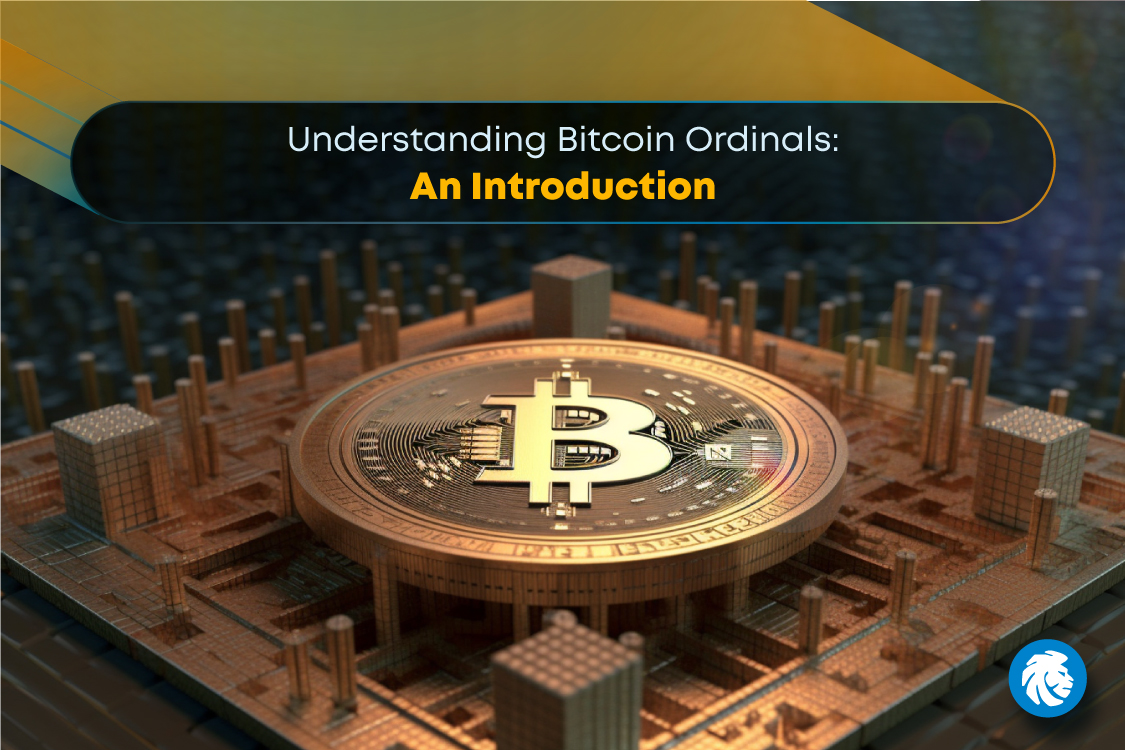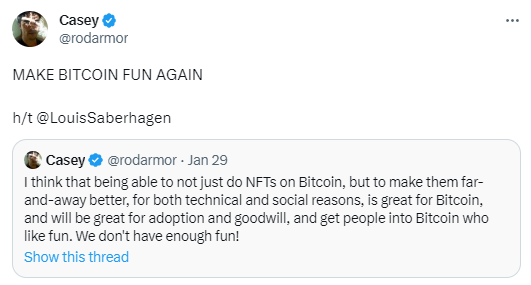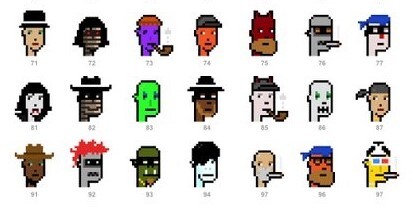
Ordinal – a word that has been making waves in the crypto industry for the better part of the past few months. But what is it? The ordinal is a way to embed data about an NFT onto the Bitcoin blockchain. The smallest unit of Bitcoin is called a satoshi, and ordinals stamp NFT data onto satoshis.
What is an Ordinal Inscription?
To understand ordinals, you first need to know Bitcoin basics. A single Bitcoin can be divided into 100 million satoshis. Satoshis are the smallest unit of Bitcoin, like cents to a dollar. The Bitcoin blockchain records all Bitcoin transactions in a public ledger.
Ordinal inscriptions take advantage of the Bitcoin blockchain. They transcribe details about NFTs onto satoshis. Then, they send those satoshis to the NFT owner’s wallet. This links the NFT to the Bitcoin blockchain, adding security and permanence.
For example, say you own a rare NFT. An ordinal inscription service could etch details about your NFT onto 1,000 satoshis. It would then send those satoshis to your wallet. Now your NFT is committed to the Bitcoin blockchain. No one can forge or delete it.
Ordinal inscriptions are a clever way to leverage the power of Bitcoin for NFTs. By tying NFT details to satoshis and the Bitcoin blockchain, ordinals create a permanent record of ownership. For rare or valuable NFTs, ordinal inscriptions could provide added security, transparency, and peace of mind for collectors and creators.
Casey Rodarmor is the creator of Ordinal Inscriptions. By developing this protocol, Rodarmor has enabled artists and collectors to mint, trade, and own NFTs directly on the Bitcoin network.

How Ordinals Work with Bitcoin
Ordinals are a clever way to permanently store data on the Bitcoin network without worrying about external file hosting. An ordinal is information written directly to the blockchain, with its own unique address so you can reference it later.
Sounds a lot like an NFT, right? Not exactly. An NFT is a token that points to data hosted elsewhere, like on IPFS. The trouble is, if that external data or storage disappears, your NFT is useless.
Ordinals solve this problem by embedding the data directly into Bitcoin transactions.
To create an ordinal, you construct a Bitcoin transaction that embeds the data in its metadata. This could be text, images, audio, or anything else that can be represented in binary data. You then send a tiny amount of Bitcoin to a unique address you generate. Then, this transaction with your embedded data is recorded on the blockchain.
Now your data has a permanent home, and you have the private key for the address you sent the funds. This gives you sole control over that data. You can prove you own it, update it, or transfer ownership to someone else.
Ordinals open up exciting new possibilities for blockchain-based ownership, collectibles, and information storage. They provide a simple, decentralized way to establish scarcity and establish ownership of digital assets of all kinds. The future is bright for this budding technology!
The Growing Popularity of Bitcoin NFTs
Bitcoin NFTs, also known as Bitcoin Ordinals or Ordinal NFTs are possible because of the Ordinal inscriptions. Bitcoin is the most popular blockchain network out there. So, it is no surprise that Bitcoin is now the second most-popular chain for NFTs based on the sales per blockchain in the previous couple of weeks. The current market cap for these NFTs stands over $404 million as of June 2023.
Some Popular Bitcoin Ordinals
- Inscription 0 is the inaugural Ordinal minted on the Bitcoin blockchain. It features a black skull with white markings. As the very first of its kind, Inscription 0 holds a special place in the Bitcoin NFT community.

- Ordinal Punks, created by FlowStay was inspired by the popular CryptoPunks project. It is a collection of 100 NFTs that were inscribed on Bitcoin. They fall within the first 642 Inscriptions.

- Timechain Collectibles is a set of 21 ordinals to be inscribed on a single Bitcoin block (Inscriptions 356-377). It features a range of timepieces in different forms.

How Bitcoin Ordinals Differ from Other NFTs?
Here are the key points in which Bitcoin Ordinals or Bitcoin NFTs differ from other NFTs –
- Bitcoin NFTs store the entire data file on the blockchain, while other NFTs use off-chain metadata.
- Bitcoin NFTs offer superior immutability compared to traditional Ethereum-based NFTs.
- Bitcoin NFTs eliminate the need for a referenceable metadata file, ensuring the digital asset stays unaltered.
- Bitcoin NFTs provide enhanced security by residing within Bitcoin transaction witness signatures.
Conclusion
Ordinals are the next evolution of blockchain technology that enable new types of digital assets and marketplaces. Whether you’re an investor or just curious about where crypto is headed, keep an eye on ordinals. They’re poised to disrupt everything from gaming and collectibles to real estate and finance.